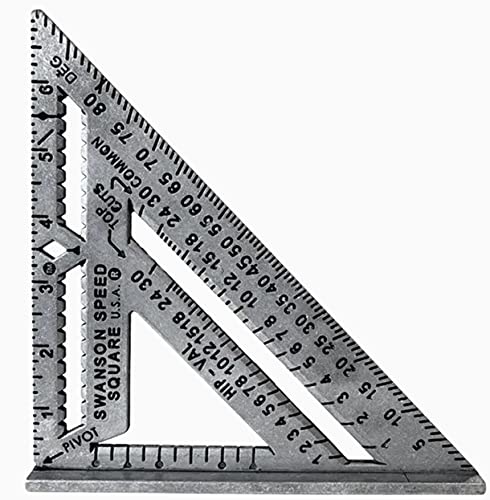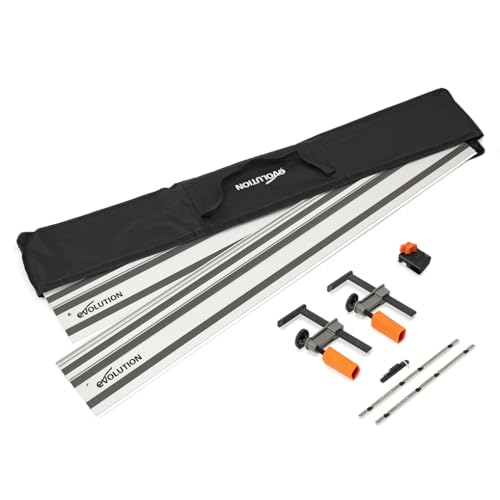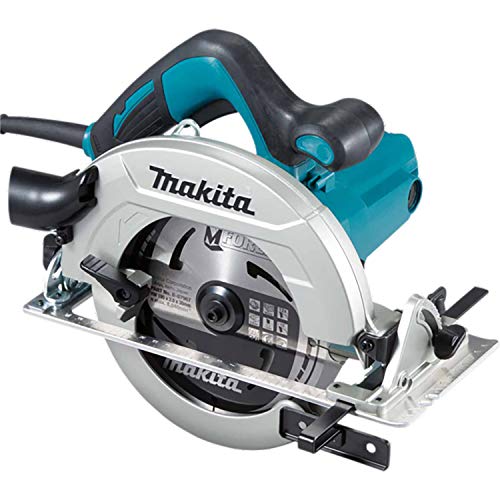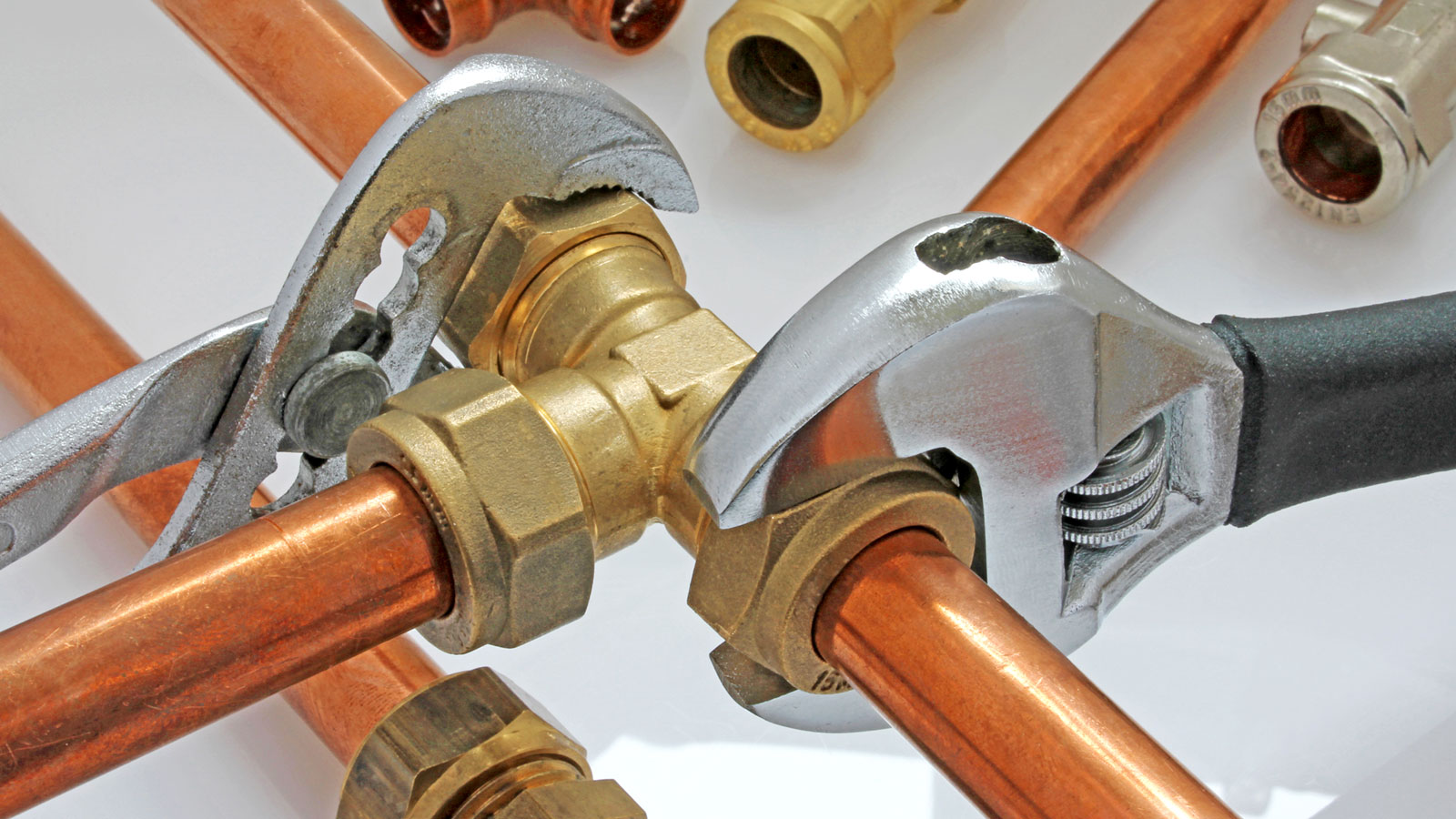6 ways to get straight cuts with a circular saw — including how to make your DIY guide
Getting straight cuts with a circular saw isn’t always easy. Here we reveal a host of DIY and cost-effective solutions to ensure clean straight lines
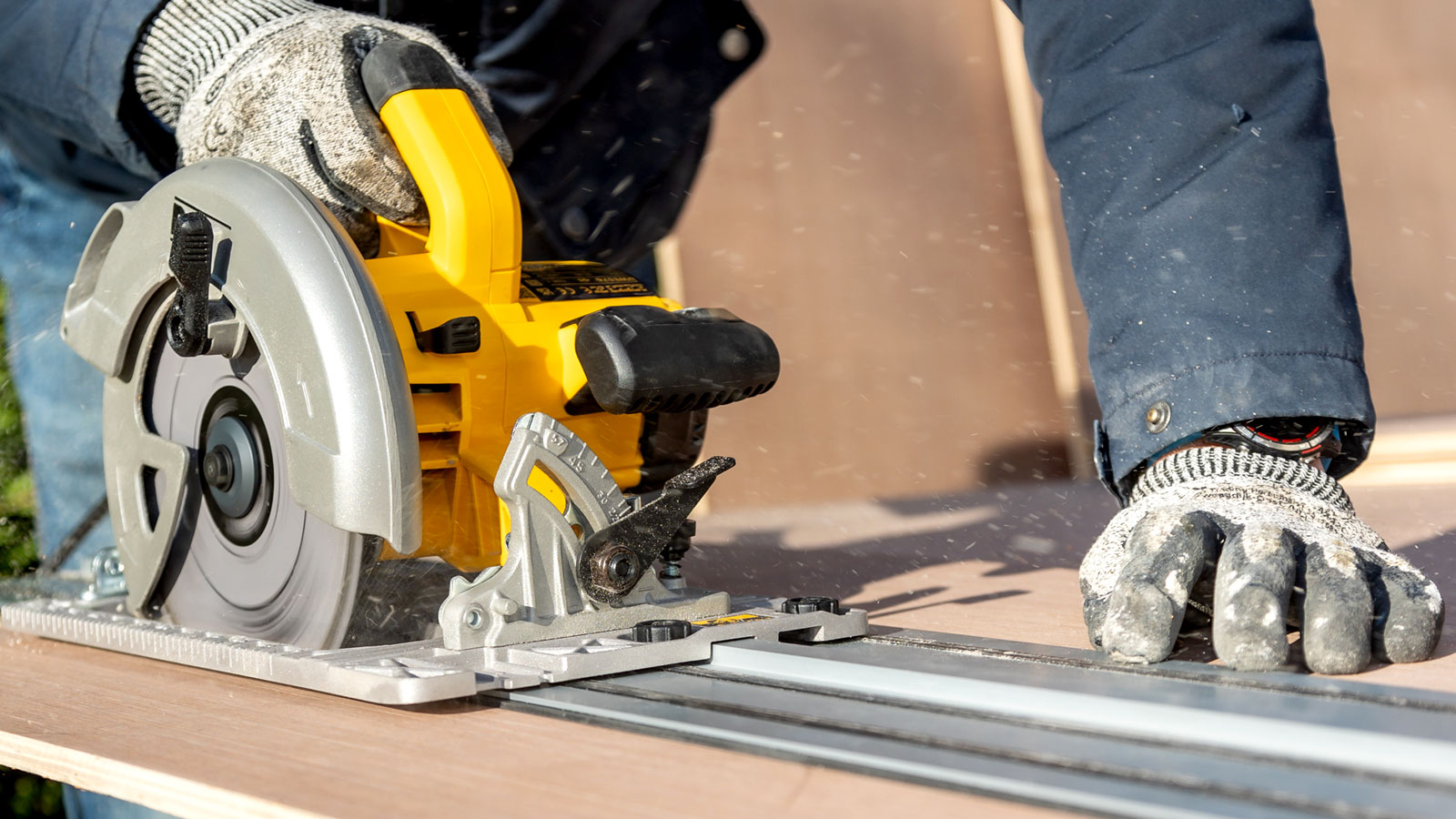
Clean straight factory edges are not always easy to replicate when using a circular saw. And there's nothing worse than a wavy or wonky cut, leading to ugly, poor-fitting edges. But with the right saw blade and assistance from a straight edge, factory-like edges are just a cut away.
Whether you are looking to get neat cross cuts or straight cuts on long boards, you’ll need one of the best circular saws, along with the methods mentioned in this guide. Choose the right option for your needs, and follow our tips, and you’ll get the straight cuts you desire.
Try these tools to get straight circular saw cuts

Keely Smith is the lead interior designer at JD Elite Interiors. She has over 10 years of experience working with design studios, private companies, contractors and tradespeople.
1. Speed square for crisp cross cuts
A quick and simple solution for neat and straight cross cuts is to use a speed square (also known as a carpenter's square). These are inexpensive and a tool DIYers should have in their toolkit.
Keely Smith, lead interior designer at JD Elite Interiors, reveals how to make good use of it: “I always suggest using it to mark a crisp 90-degree line right where you want to cut.” Then you need to line up the blade with the line and place the speed square up against the base plate of the saw and hold in place. Smith continues, “Let the blade spin up fully before moving forward, and don’t rush it. That steady motion really matters.”
A standard size speed square should be sufficient for most cross-cuts. But you can invest in a larger speed square like this Senbaler 300mm Aluminium Alloy Triangle Ruler from Amazon for large cross cuts or shorter length cuts.

Thomas Goodman has worked as a property and construction expert for MyJobQuote for six years and has worked in the construction industry for over twenty years. Thomas continues to work on building projects while providing expert construction and property advice to industry professionals and DIY enthusiasts.
2. Introduce a guide rail
If you need a secure straight edge for long lengths of board, a guide rail (sometimes called a track saw) is an option, as Thomas Goodman, construction expert for MyJobQuote, shares, “To cut long straight edges, a guide rail is often the best tool to use.”
These are ideal for standard-sized sheets/boards, typically 2.4m x 1.2m (or 8ft x 4ft in old money). These typically come in 1.4m lengths (like this Makita 1 Metre Guide Rail from Amazon, and can be connected to create 2.8m guides or even longer if needed.
Most models allow for bevel-edge (45-degree) cutting and often include stops to ensure the perfect length cut. Make sure to get the right size for your circular saw; most will fit.
Bring your dream home to life with expert advice, how to guides and design inspiration. Sign up for our newsletter and get two free tickets to a Homebuilding & Renovating Show near you.
Goodman explains how to use a guide rail: “The saw slots onto the rail and you simply push the saw along the rail to cut in a straight line.” He adds, “Most rails have rubber grips to stop them sliding about, but you can clamp them for extra security.”
To finish, he says, “The only thing you need to do is set the correct blade depth, taking into account the depth of the rail, and make sure the blade is lined up with your cut mark.” Make sure to move the saw slowly to get a good cut.
3. Build a DIY saw guide
If you don’t want to invest in a guide rail, you can build your DIY saw guide, ideally with leftover scrap wood from a plywood board or part of a plywood board. This is cheaper, and relatively quick and simple to make.
Start with a sheet of 2.4m x 1.2m plywood (9mm or 12mm is ideal), like this Hardwood Plywood from B&Q, as this will have a straight, even edge to work with. Mark the factory-cut edge with a pencil and draw an arrow pointing to it so you know which edge to use later.
Now, cut the plywood to create the guide (also known as a fence). Most circular saw comes with a guide rule that fits across the front of the saw. Set this up to run along the straight edge to give you the guide piece of wood. This is approximately the width of the base plate. Don’t worry too much about the size; it doesn’t need to be a specific size, but it does need to be straight.
Finally, place the fence on top of the remaining plywood board to create a double-depth edge. Line up the freshly cut edge alongside the edge of the sheet of plywood and glue or screw it into position. If using glue, clamp into position and leave to dry for 24 hours. If using screws, make sure the length doesn’t exceed the depth of the wood.
To finish, line up your circular saw with the edge of the guide, start the saw and cut, making sure that the base plate hugs the edge of the guide all the way. This will give you the perfect-sized guide. To use, simply line up the edge of the guide with your marks and clamp it into place. Now, place your saw on the guide with the base plate against the guide and cut.
4. Scrap wood and clamps
This is a simple option for cutting straight edges, typically shorter lengths of wood. You will need scrap wood, anything with a straight factory cut edge and a suitable length for the cut you are making will do.
To hold the scrap wood in place, you will need at least a couple of bar clamps like these Quick-Grip 5122Qc Twin Pack Bar Clamps from Amazon.
Line up your circular saw blade with your mark, and place the scrap wood against the base plate. Mark the position of the scrap wood with a pencil (in case it moves) and then clamp it into place. Now cut.
5. Use a parallel edge guide
If you want a guide that offers precision and accuracy on longer lengths of wood or board, then a parallel edge guide like this Kreg Rip-Cut Precision Edge-Guided Cutting Tool from B&Q is the perfect companion. It's like a guide rail (that typically comes with a circular saw) on steroids.
The tool includes a heavy-duty guide attached to a guide rail that has what is known as a sled to attach a circular saw to. The Kreg model accommodates right and left-handed models and allows cuts up to 600mm wide. They are easy to use, attach a circular saw, secure the sled, start up the saw and hold the oversized precision edge guide against the board edge to ensure a straight cut.
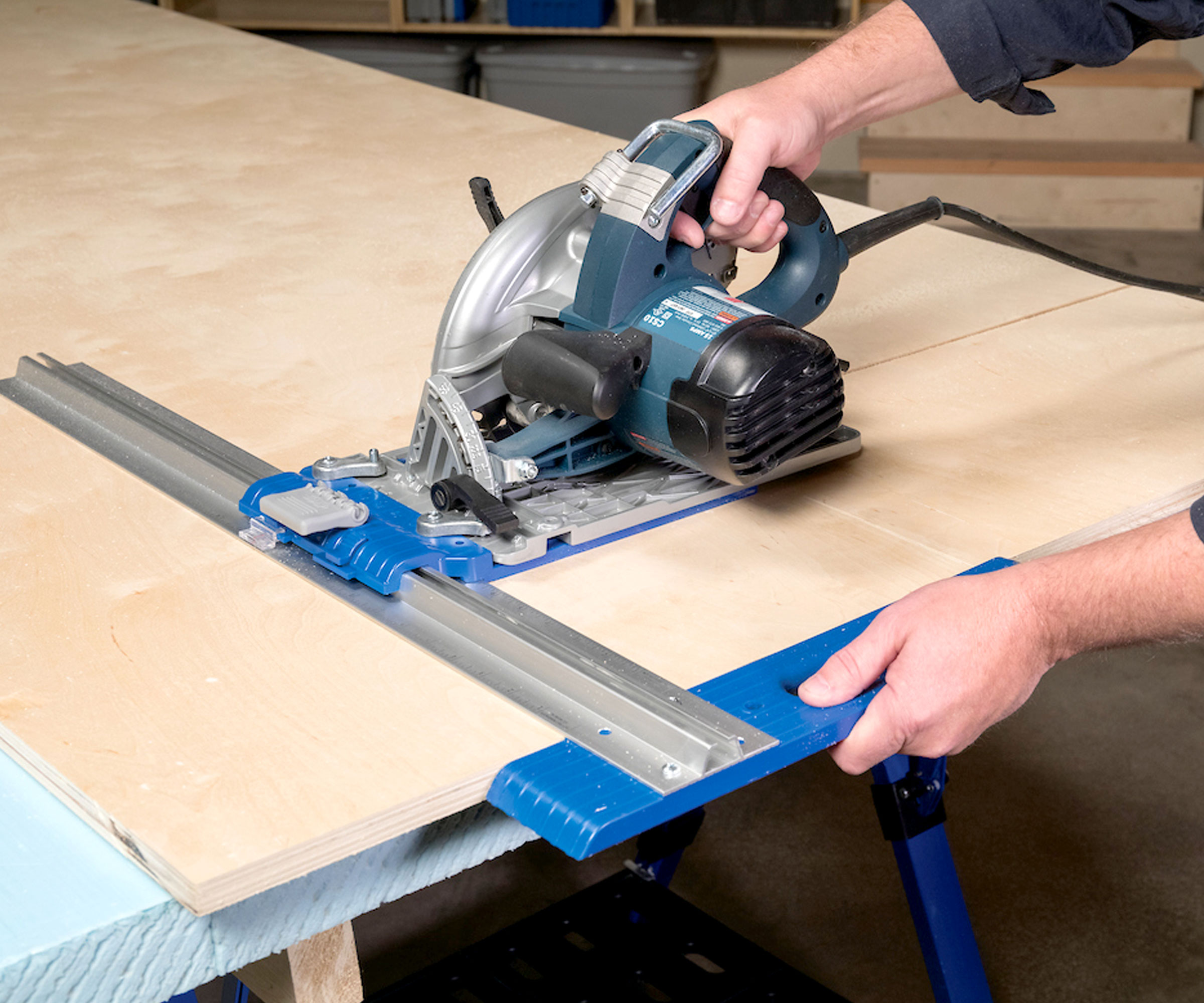
6. Improvise with a makeshift guide
When you don’t have a guide or scrap wood nearby, you can improvise and use other straight-edge tools which you might have. Goodman says, “If you don’t have a guide rail or fence, you can use a metal rule or spirit level as a makeshift guide instead.”
He adds, “Simply line your saw up with where you want to cut and butt the level or rule up against the side of the saw, then clamp it in place at either end.”
FAQ
How do I get a straight edge if cutting by hand?
If you don’t have a guide available, you can try cutting without a guide. But I would only recommend this for those who have used a circular saw before. Goodman, suggests the following: “Before you start, mark out clearly where you want to cut and securely clamp the wood to ensure there’s no movement while you’re working.”
He adds, “You want to be able to cut through your material without forcing the saw, as this is likely to push you offline. So, make sure your saw blade is nice and sharp.”
With a sharp blade in place, it’s time to start cutting, Goodman says, “To help you cut in a straight line, position yourself so you can see the cutting line and move the saw without shifting your weight or feet.” To help keep a straight line, he adds, “To stop your saw from wandering away from your marked line, scribe it first using a scribing tool or compass.”
If you own a circular saw, you can use it for a variety of DIY projects, including these shared home office ideas, loft conversion storage ideas and building a fence. Just make sure you are using the right blade.
Steve Jenkins is a freelance content creator with over two decades of experience working in digital and print and was previously the DIY content editor for Homebuilding & Renovating.
He is a keen DIYer with over 20 years of experience in transforming and renovating the many homes he has lived in. He specialises in painting and decorating, but has a wide range of skills gleaned from working in the building trade for around 10 years and spending time at night school learning how to plaster and plumb.
He has fitted kitchens, tiled bathrooms and kitchens, laid many floors, built partition walls, plastered walls, plumbed in bathrooms, worked on loft conversions and much more. And when he's not sure how to tackle a DIY project he has a wide network of friends – including plumbers, gas engineers, tilers, carpenters, painters and decorators, electricians and builders – in the trade to call upon.
